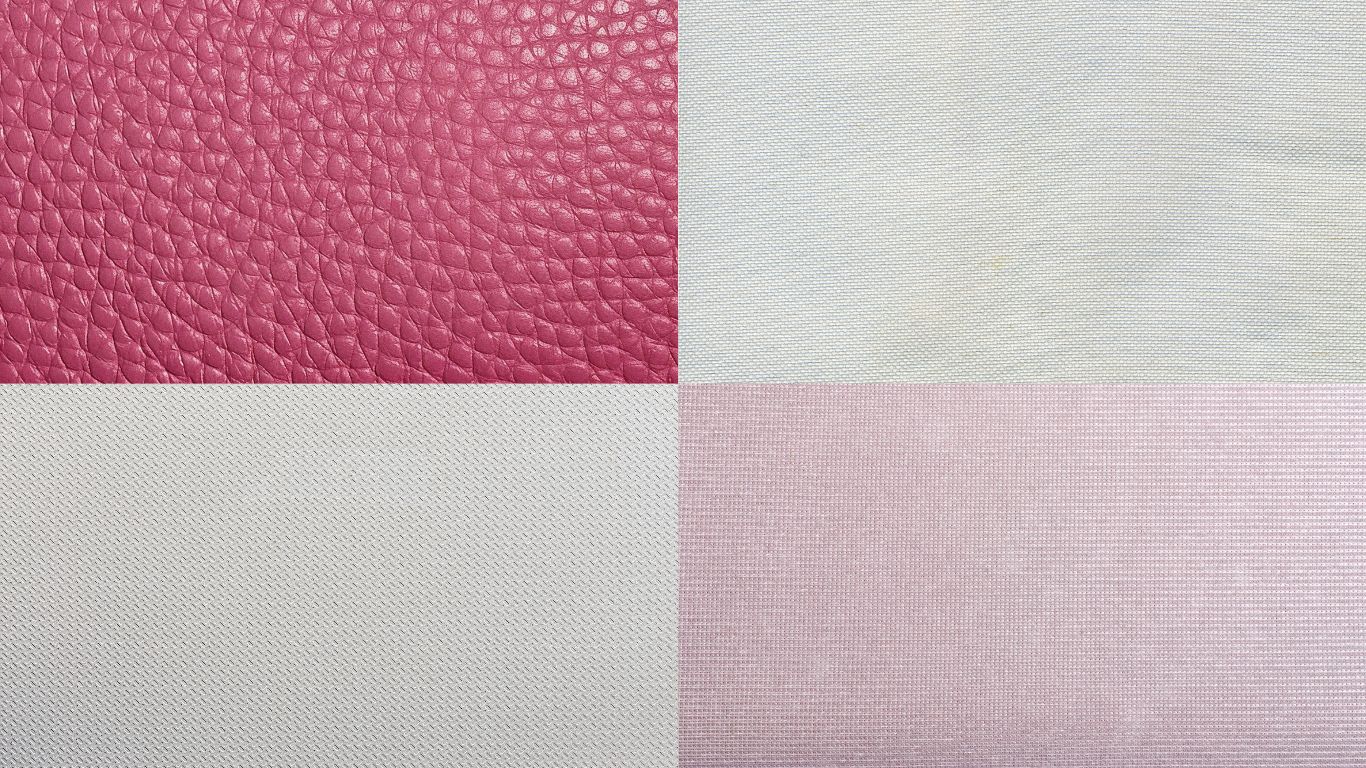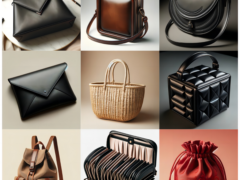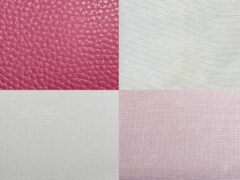If you are a businessman who wants to import backpacks from China, you need to know how to choose the best backpack material for your market and customers.
Backpacks are essential items for many people, whether they are students, travelers, commuters, or outdoor enthusiasts.
The material of a backpack can make a big difference in its durability, comfort, functionality, and style.
So how do you choose the right backpack material for your business?
In this post, I will introduce you to different backpack materials, their pros and cons, and some examples of popular backpacks made from them.
I will also give you some tips on how to select the best material for your backpack based on your target audience, budget, and quality standards.
Backpack Materials and Their Characteristics
There are many types of fabrics and materials that can be used to make backpacks, but here are some of the most common ones:
Nylon
Nylon is one of the most widely used synthetic fibers in the world, and it is also a great material for backpacks.
Nylon is strong, lightweight, abrasion-resistant, and water-resistant.
It can also be treated with various coatings or treatments to enhance its properties, such as rip-stop, ballistic, or Kodra nylon.
Nylon backpacks are ideal for outdoor activities, travel, or heavy-duty use, as they can withstand harsh conditions and protect your belongings from the elements.
However, nylon backpacks can also be prone to static electricity, fading, and hard recycling.
Some examples of nylon backpacks are:
The North Face Borealis Backpack: A versatile backpack, a padded laptop sleeve, a front elastic bungee, and a FlexVent suspension system.
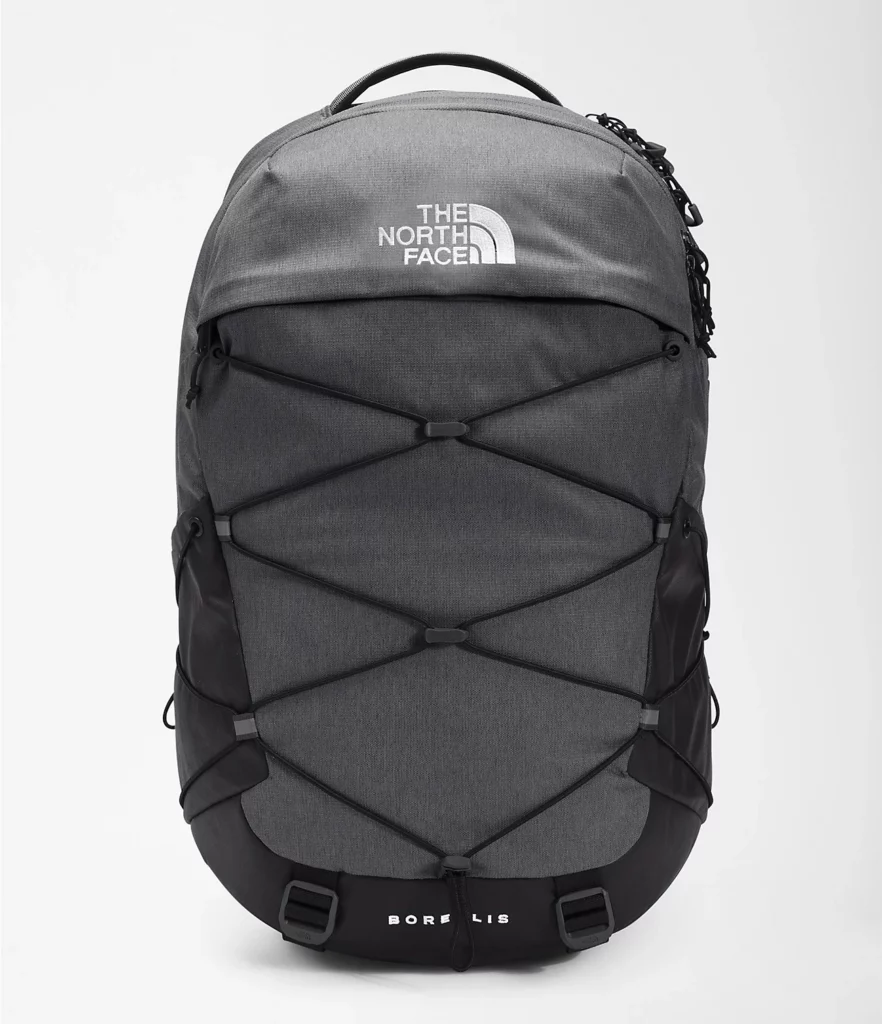
Osprey Farpoint 40 Travel Backpack: A spacious backpack, a stowaway back panel, a large front zip opening, and a padded laptop sleeve.
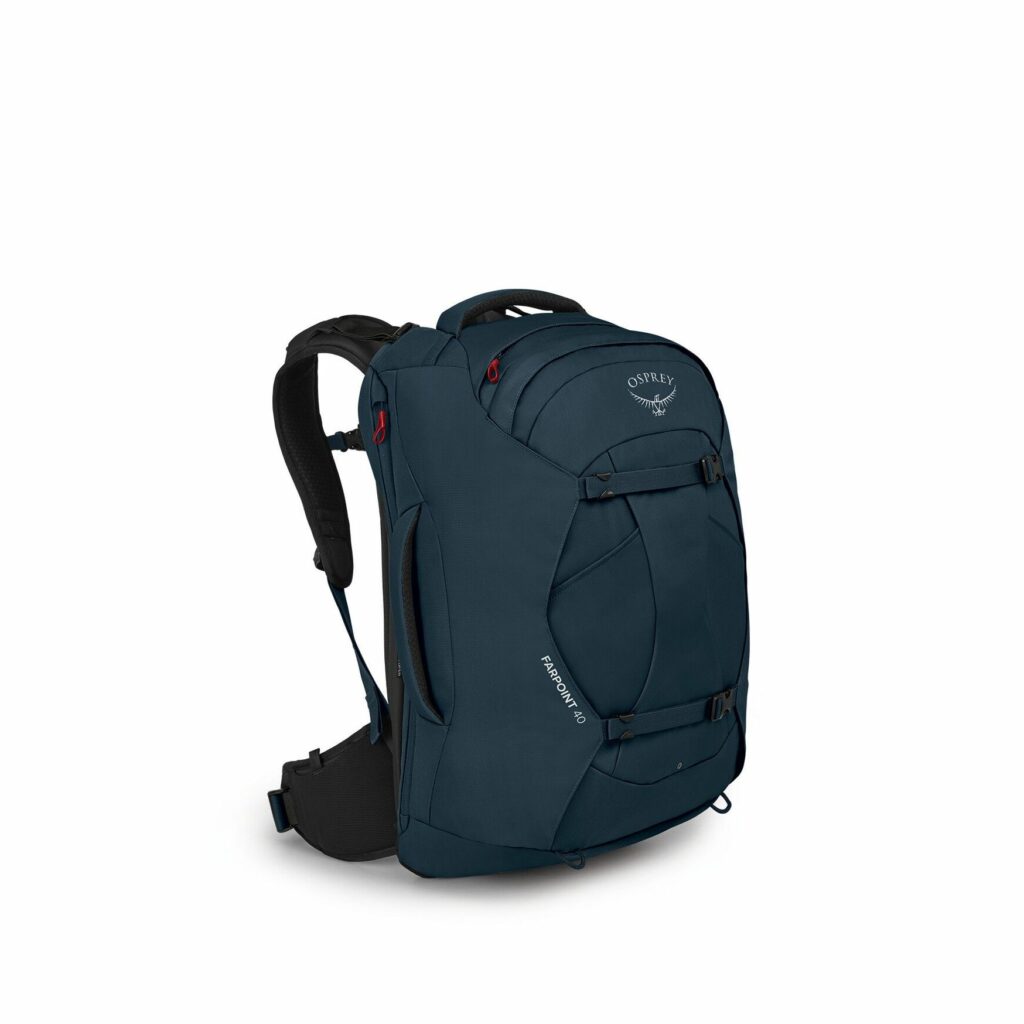
Timbuk2 Authority Laptop Backpack: A stylish backpack, a rear access laptop compartment, a side water bottle pocket, and a compression strap.
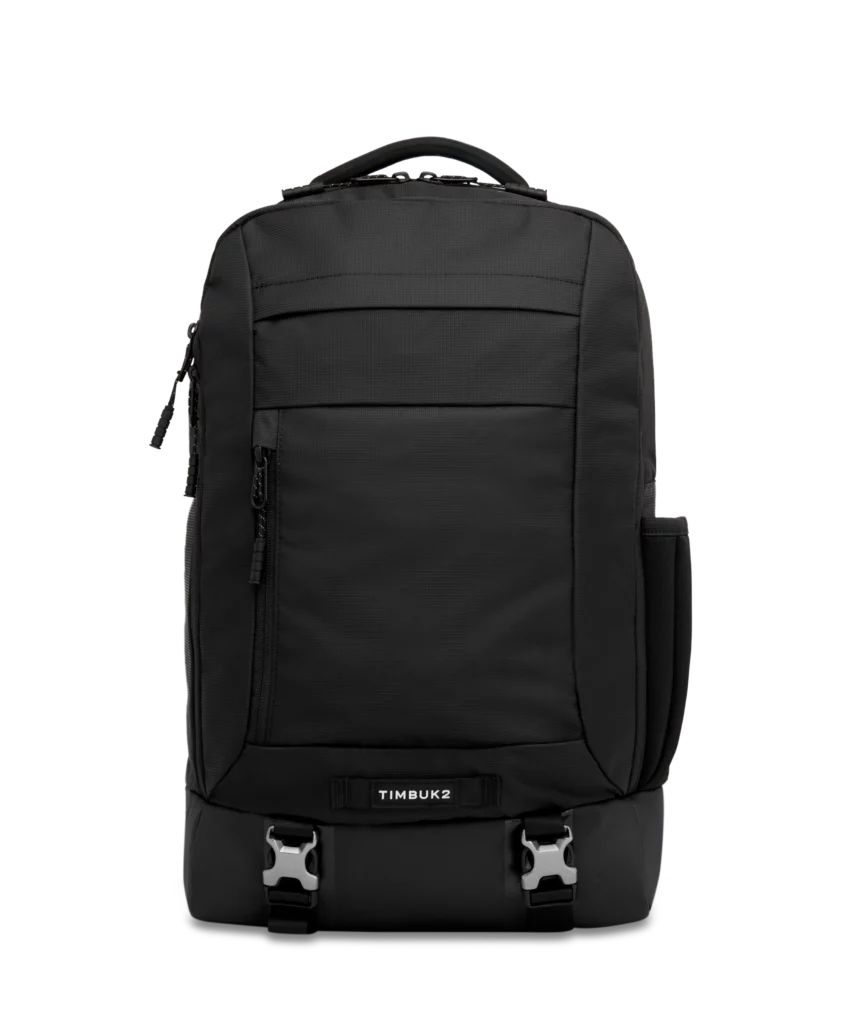
Polyester
Polyester is another popular synthetic fiber that is often used for backpacks.
Polyester is similar to nylon in many ways, but it has some advantages and disadvantages.
Polyester is cheaper, more UV-resistant, and more wrinkle-resistant than nylon, but it is also less strong, less abrasion-resistant, and less water-resistant.
Polyester backpacks are also more likely to stain and retain odors.
Polyester backpacks are suitable for casual, everyday use, such as school, work, or commuting.
They are also more colorful and fashionable than nylon backpacks, as they can be dyed or printed with various patterns and designs.
However, polyester backpacks are not very durable or reliable for outdoor or heavy-duty use, as they can tear or wear out easily.
Some examples of polyester backpacks are:
JanSport SuperBreak Backpack: A classic backpack, a large main compartment, a front utility pocket, and a padded back panel.
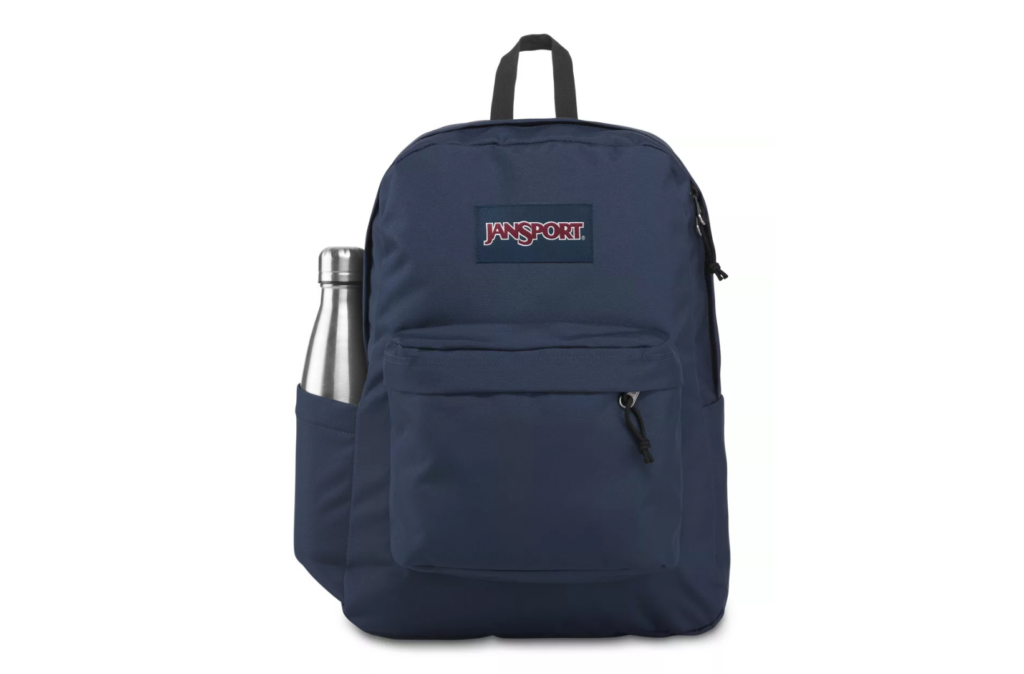
Herschel Little America Backpack: A trendy backpack, a drawstring closure, a magnetic strap, and a fleece-lined laptop sleeve.
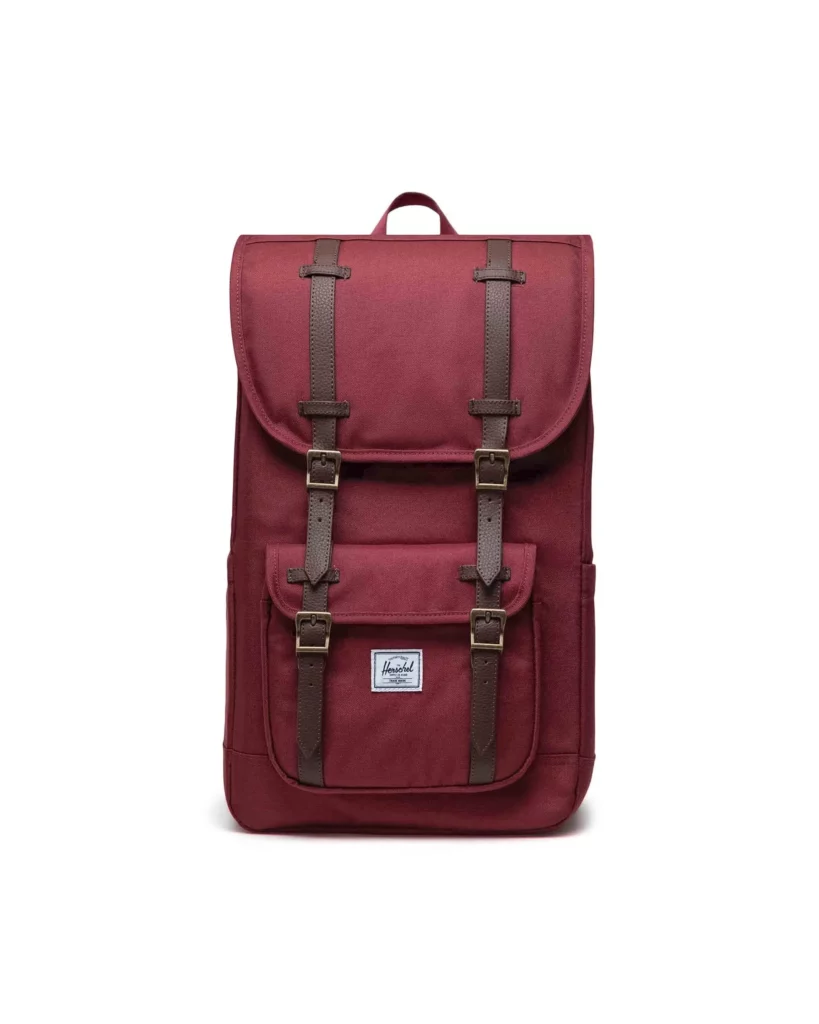
Fjallraven Kanken Backpack: A minimalist backpack, a zippered main compartment, a front zip pocket, and a removable seat pad.
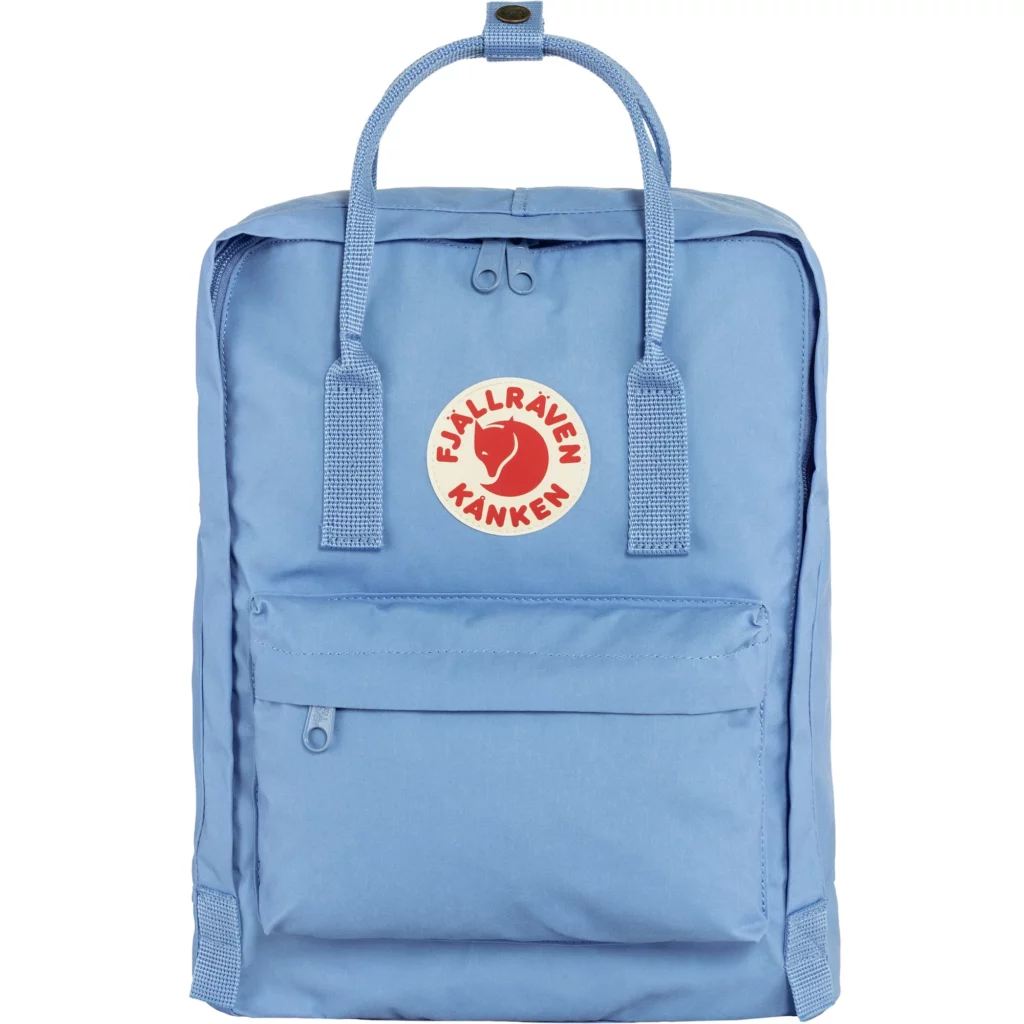
Canvas
Canvas is a cotton-based fabric that is often used for backpacks.
Canvas is a natural, breathable, and eco-friendly material that has a vintage and rustic appeal.
Canvas backpacks are sturdy, durable, and easy to clean, as they can be washed or waxed.
Canvas backpacks are also more versatile and customizable than synthetic backpacks, as they can be painted or embroidered with various designs.
Canvas backpacks are perfect for casual, artistic, or retro style, as they can match with different outfits and accessories.
They are also good for light outdoor or travel use, as they can resist mildew and moisture.
However, canvas backpacks are also heavier, more expensive, and more prone to fading and tearing than synthetic backpacks.
Some examples of canvas backpacks are:
Gootium High Density Canvas Backpack: A durable backpack, a drawstring closure, a flap cover, and multiple pockets.
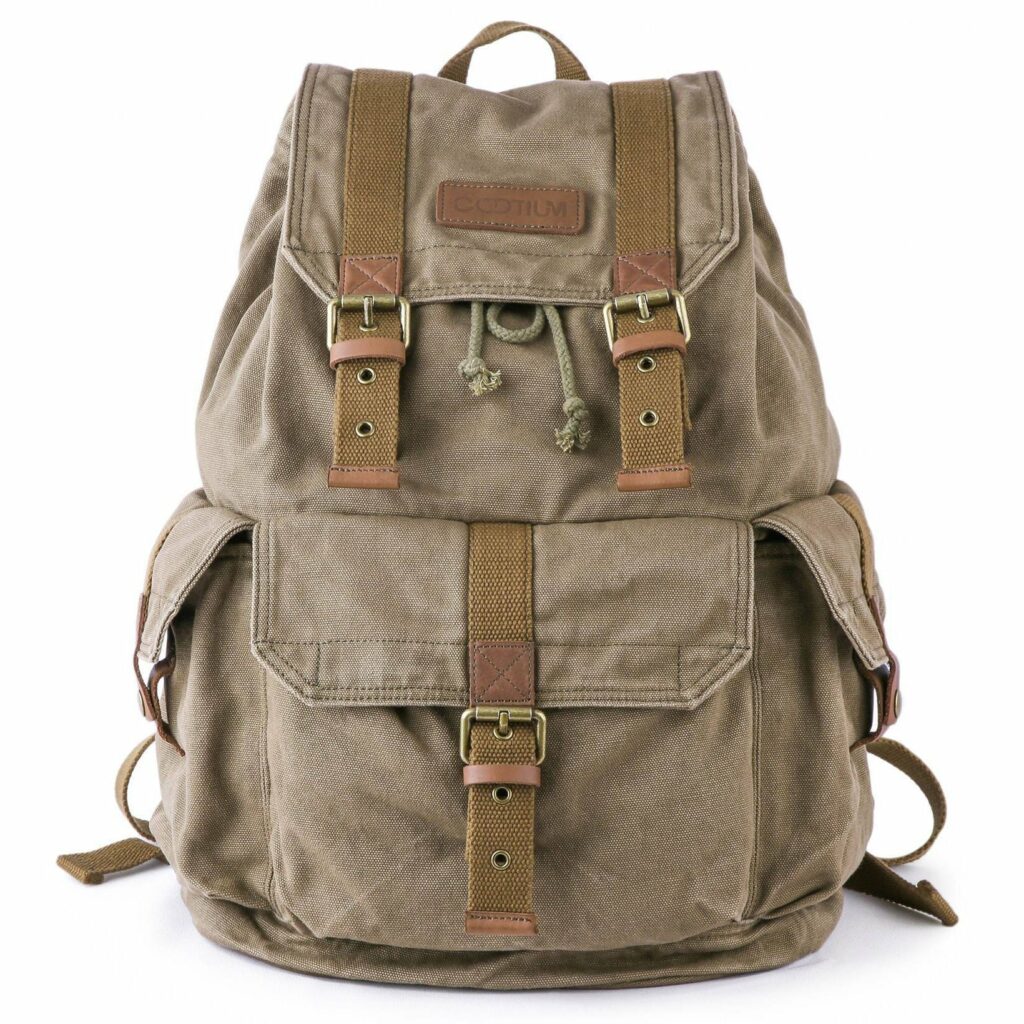
Mygreen Vintage Canvas Backpack: A fashionable backpack, a zippered main compartment, a front magnetic snap, and a padded laptop sleeve.
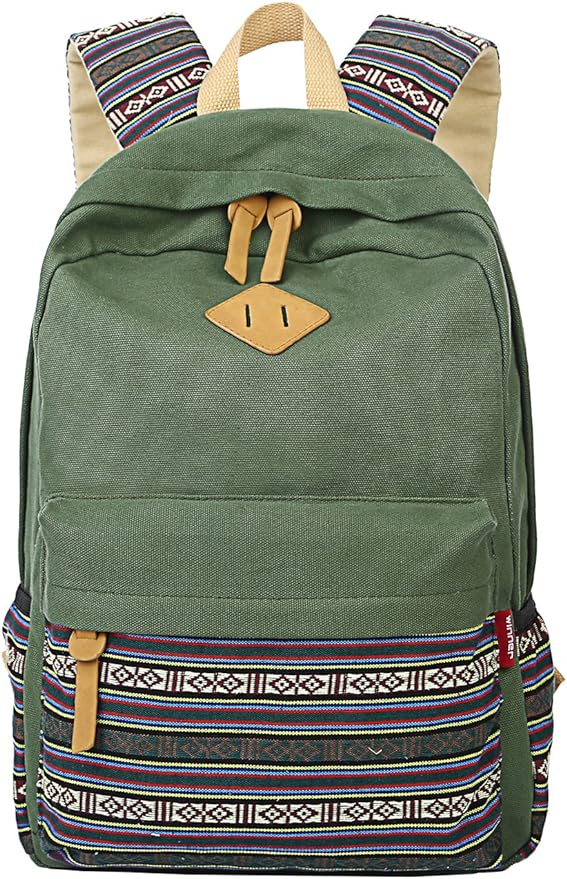
BLUBOON Canvas Backpack Set: A cute backpack set, a lunch bag, and a pencil case, all made of canvas and printed with floral patterns.
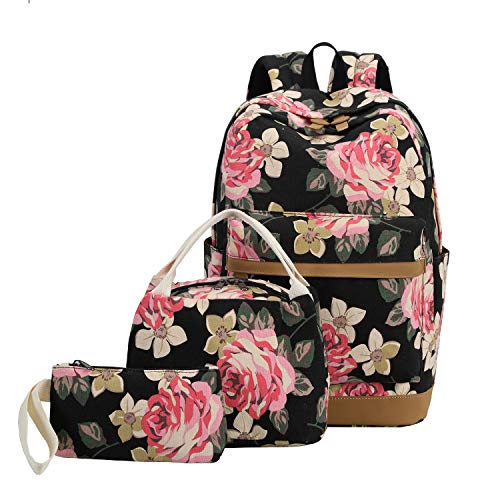
Leather
Leather is a natural material that is made from animal skins, such as cows, goats, or pigs.
Leather is one of the oldest and most luxurious materials for backpacks, as it has a unique and elegant look and feel.
Leather backpacks are highly durable, comfortable, and stylish, as they can last for a long time and develop a beautiful patina over time.
Leather backpacks are ideal for business, formal, or sophisticated style, as they can add a touch of class and elegance to your outfit.
They are also good for moderate outdoor or travel use, as they can resist water and abrasion.
However, leather backpacks are also very expensive, heavy, and high-maintenance, as they require special care and attention to prevent cracking, staining, or fading.
Some examples of leather backpacks are:
Kenneth Cole Reaction Colombian Leather Backpack: A premium backpack, a full-grain leather exterior, a zippered main compartment, and a padded laptop pocket.
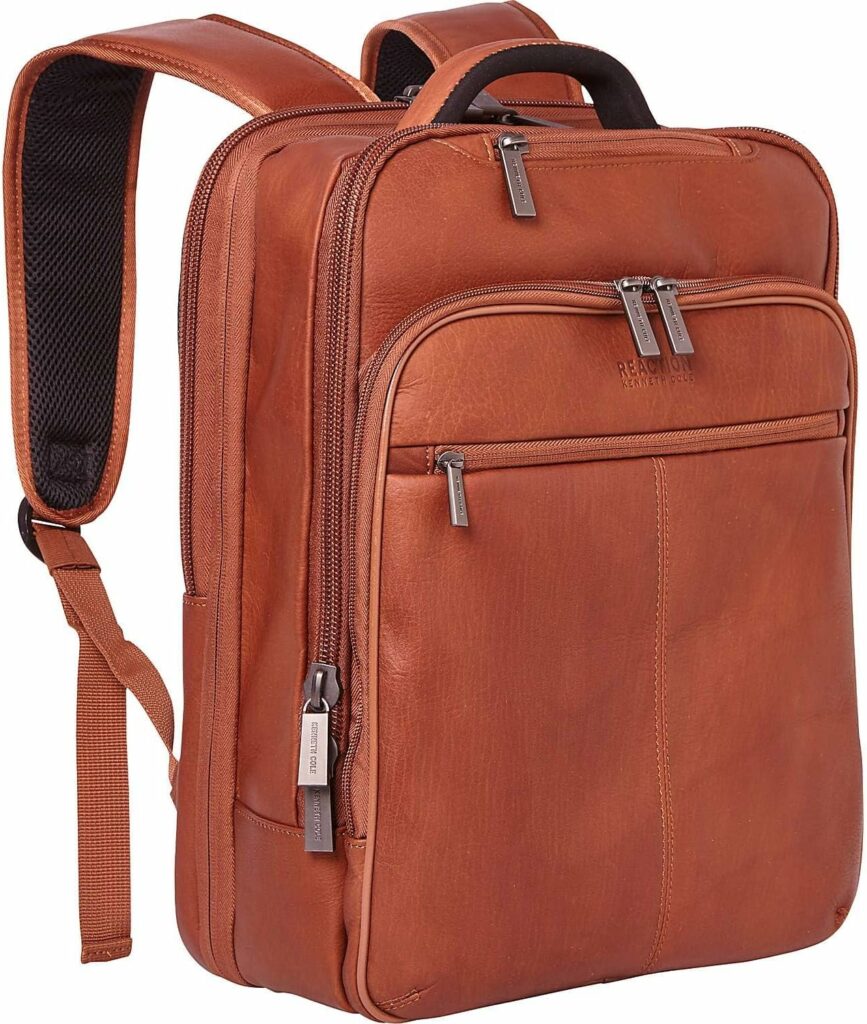
S-ZONE Vintage Genuine Leather Backpack: A chic backpack, a top-grain leather exterior, a drawstring closure, and a magnetic flap.
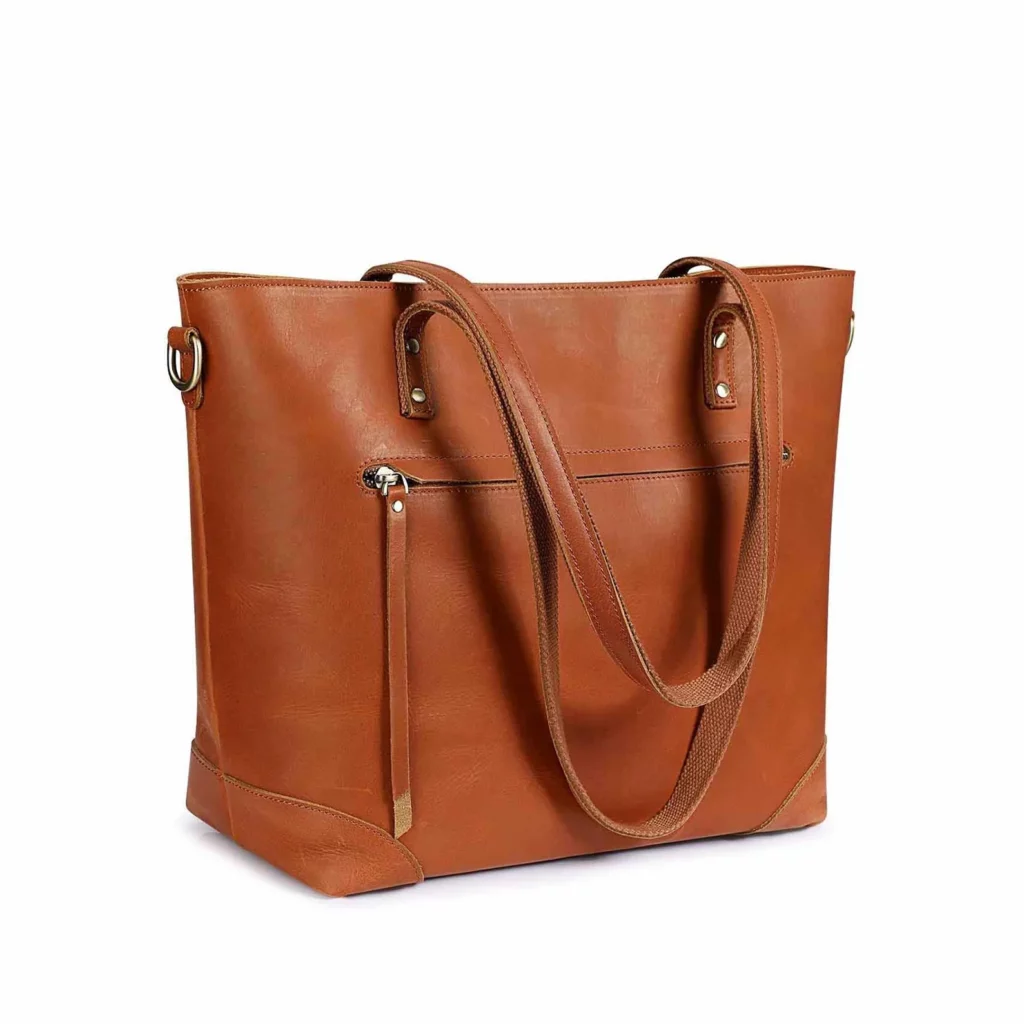
LXY Vegan Leather Backpack: A faux leather backpack, a PU leather exterior, a zippered main compartment, and a front zip pocket.
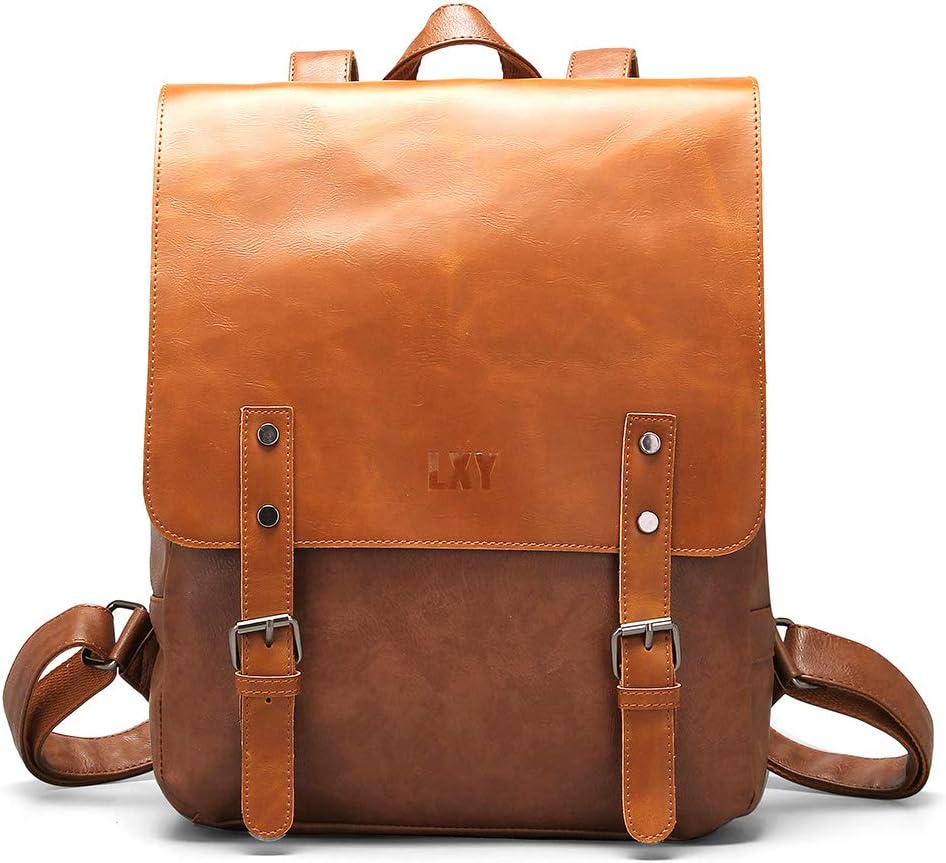
Other Materials
Besides the four main materials mentioned above, there are also some other materials that can be used for backpacks, such as:
- Cotton: A soft, fluffy, and natural fiber that is light, inexpensive, and easy to clean, but also susceptible to fading, wearing, and tearing.
- Denim: A sturdy and durable cotton fabric that is fashionable, versatile, and easy to match, but also heavy, stiff, and prone to shrinking and fading.
- Vegan leather: A synthetic material that mimics the appearance and texture of leather, but is cheaper, lighter, and more eco-friendly, but also less durable, comfortable, and stylish.
- Polypropylene: A thermoplastic polymer that is strong, lightweight, and water-resistant, but also stiff, brittle, and prone to melting and cracking.
- Neoprene: A synthetic rubber that is flexible, elastic, and water-resistant, but also bulky, heavy, and prone to overheating and sweating.
How to Choose the Right Backpack Material for Your Business
Now that you know the different backpack materials and their characteristics, how do you choose the best one for your business? Here are some factors that you should consider:
Target audience:
Who are you going to sell your backpacks to?
What are their needs, preferences, and expectations?
If you are targeting students, you may want to choose a material that is cheaper, more colorful, and fashionable, such as polyester or canvas.
If you are targeting travelers, you may want to choose a material that is strong, durable, and water-resistant, such as nylon or leather.
If you are targeting professionals, you may want to choose a material that is luxurious, elegant, and sophisticated, such as leather or vegan leather.
Budget:
How much are you willing to spend on your backpacks?
How much are you going to charge your customers?
Talk with your supplier and even ask them for suggestions if you’re not sure what materials to use.
An experienced bag manufacturer usually knows what materials are generally used for specific styles of bags, and they can more potentially provide helpful proposals.
Quality standards:
What are the quality standards that you want to meet or exceed for your backpacks?
If you want to offer high-quality backpacks, you need to choose a material that is durable, comfortable, and reliable, such as nylon or leather.
You also need to check the stitching, zippers, straps, and other details of your backpacks.
If you want to offer lower quality backpacks, you can choose a material that is cheaper and lower quality, such as polyester or cotton.
Again, talking with your supplier can possibly give you some ideas.
Conclusion
I hope you’ll find this post helpful.
Should you have further questions, please leave a comment below or contact us directly.
Apart from backpacks, if you are interested in other bag styles, this compilation of bag styles may give you more ideas.

